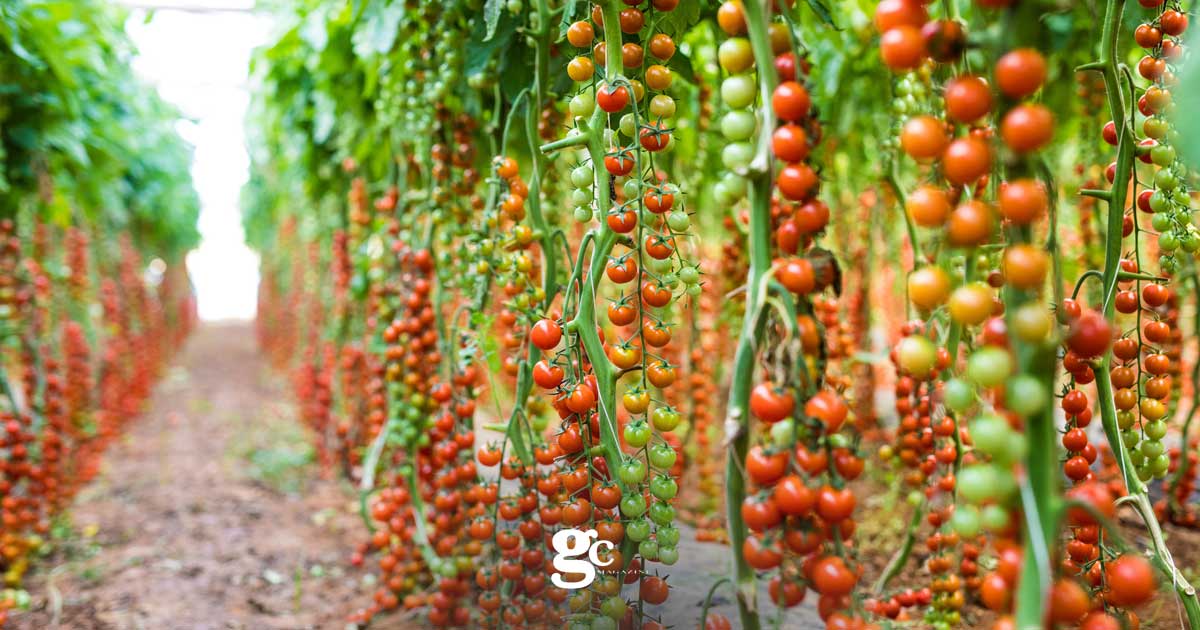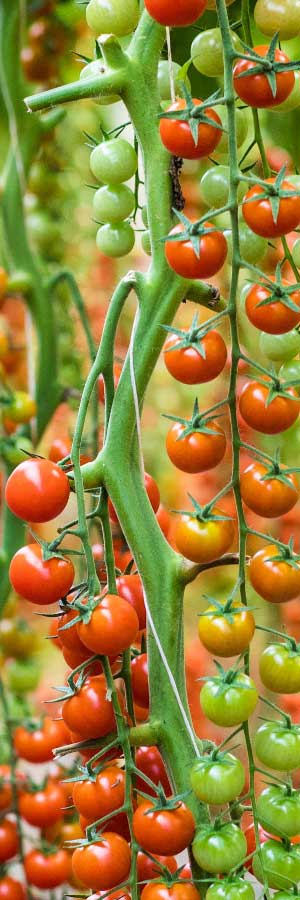13 March 2023

From Spain, a system that helps farmers save water, energy, and reduce labor time
The Spanish startup BrioAgro specializes in smart irrigation. The technology invented by its founding partners allows for the optimization of irrigation, achieving up to 50% savings in water and energy. The use of fertilizers and plant protection products is also reduced. Field management requires less time, resulting in labor savings and improved agricultural yields.
BrioAgro was recently awarded by the European Commission’s EIT Food initiative as the startup best positioned to address the challenge of water scarcity in Southern Europe, and it has recently begun its international expansion into Mexico and Italy.
We spoke with one of the co-founders and CEO of BrioAgro, José Luis Bustos, to better understand how this system works.
What exactly does your system consist of?
First of all, our name is BRIOAGRO, BRIO for vitality and AGRO for agriculture, as our main goal, alongside water savings, is to bring new energy to the agricultural sector.
We have developed a decision support system for irrigation by collecting, processing, and interpreting data from various sources. The system uses field sensors that measure soil water content in real time. Additionally, each client has a geolocated weather station that collects 15 climatic parameters with forecasts up to 7 days ahead. For field crops, vegetation indices calculated from satellite images are provided for the entire farm area.
With the calibration algorithm we developed, we characterize the type of soil present in each field and the type of crop. Thanks to the ad hoc interpretation of the data, we know precisely when, how much, and where to irrigate.
Is it easy to use and suitable for all types of crops?
The system is very easy to use and understand. Simply put, the farmer or technician receives a message whenever irrigation is needed, and by accessing the platform, they know exactly the conditions of the crop. The data, being already interpreted by our algorithm, do not require further analysis.
Installation is also very simple and quick; it is performed by the customer independently. The basic model installs in just 15 minutes. Absolutely, it is suitable for all types of crops. We work with more than 40 different crops, from vegetables to fruit trees, in both greenhouses and open fields. Additionally, we can manage any irrigation system, with the most common being sprinklers, drip irrigation, and pivots.
The system not only reduces water and energy use but also the use of fertilizers and plant protection products. How does it achieve this?
By providing the right amount of water, the system optimizes the plant’s absorption of nutrients present in the soil, preventing losses due to percolation and groundwater contamination.
Can you give us some examples of your success stories and the numbers achieved?
We have many success stories where water savings have been demonstrated in the field ranging from 20% to 50%, depending on the type of soil, crop, and microclimate. Additionally, reduced water consumption is always accompanied by energy savings. For instance, if a farm achieves a 30% water saving, this means that the irrigation pump will be used 30% less, resulting in lower energy consumption.
To demonstrate the results that can be achieved with BrioAgro’s system to new clients, we offer a field trial where traditional irrigation is compared with BrioAgro’s smart irrigation. The amount of water applied through irrigation in both areas is measured by two water meters connected to our platform.
In Italy, we can cite a success story at the Fonte Verde farm. In a greenhouse pepper crop, the use of our system allowed for a 54% saving in both water and energy. Another example of success is the trial conducted at the Portuguese company Campotec, where BrioAgro’s system enabled an increase in the production and quality of field-grown arugula, achieving a 30% savings in water and energy.
What is BrioAgro’s business model? How does BrioAgro commercialize its technology?
BrioAgro primarily operates through an operational leasing model, also known as pay-as-you-go. Our clients pay a monthly fee for the use of our system, without any contractual commitment. The lease includes the hardware component, which is sent via courier, access to the BrioAgro platform, and our technical support service. This model allows farms to acquire our service with the flexibility to use and pay for the system only during the growing season and return it when there are no active crops.
We also offer a more comprehensive premium smart irrigation service by combining our sensors with a fertigation system, which allows for the management of the fertilization plan from our platform. Once configured, the farmer only needs to input some guidelines, and the system manages fertigation intelligently, adapting to rainfall or any other climatic factors affecting the crop’s water and nutritional needs.
On October 25 and 26, you participated in the WBAF Conference in Antalya, Turkey, to present your patent. How important was the WBAF meeting for your company?
It was a unique experience! Firstly, because we were on the cover of the event magazine, as BrioAgro is a startup in which WBAF has successfully invested. Secondly, we generated significant interest among the participants, resulting in over 30 high-level contacts. Finally, we achieved what we were looking for: bringing our technology closer to farmers worldwide, with institutional support and top-down funding. This allows us to continue innovating and reach the largest number of farmers to help them optimize resources in agricultural production
BrioAgro Technologies – www.brioagro.com

Press review
For information



